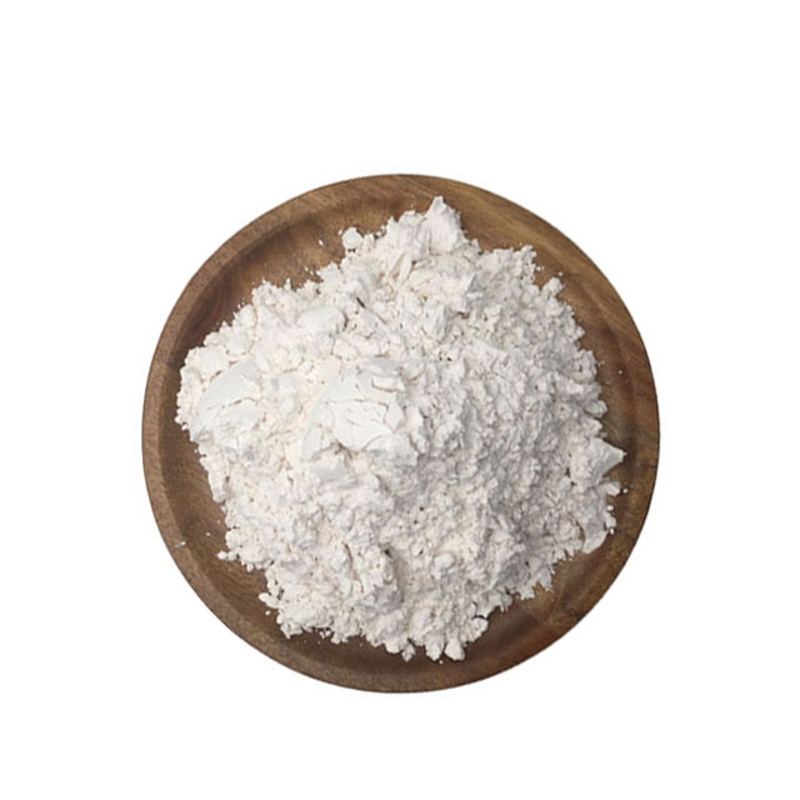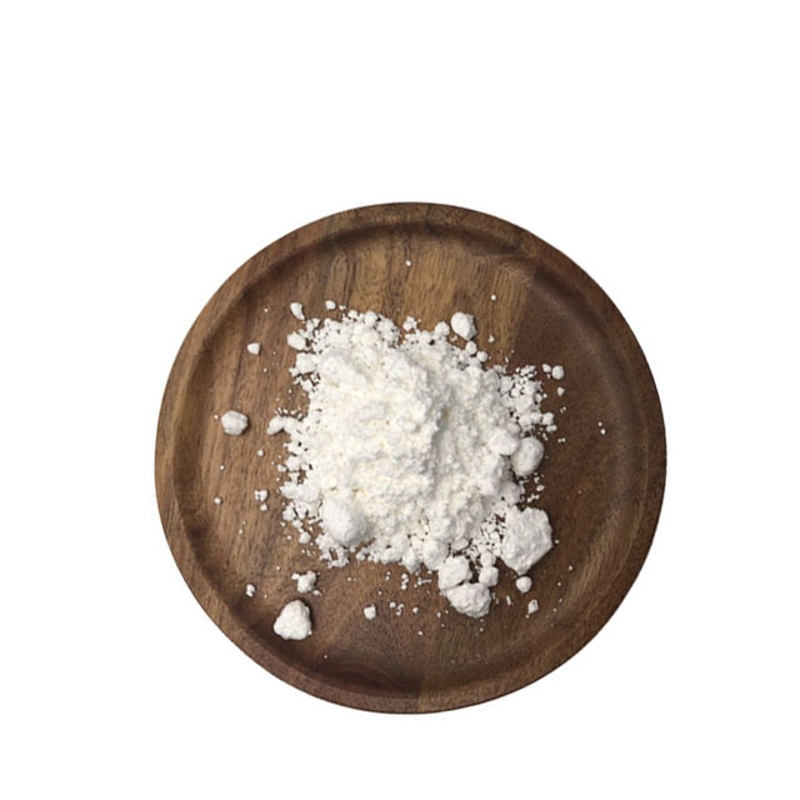-
Categories
-
Pharmaceutical Intermediates
-
Active Pharmaceutical Ingredients
-
Food Additives
- Industrial Coatings
- Agrochemicals
- Dyes and Pigments
- Surfactant
- Flavors and Fragrances
- Chemical Reagents
- Catalyst and Auxiliary
- Natural Products
- Inorganic Chemistry
-
Organic Chemistry
-
Biochemical Engineering
- Analytical Chemistry
- Cosmetic Ingredient
-
Pharmaceutical Intermediates
Promotion
ECHEMI Mall
Wholesale
Weekly Price
Exhibition
News
-
Trade Service
Background: Prior to the pandemic and related non-pharmaceutical public health measures, influenza virus infection was a significant burden of morbidity, hospitalization, and death each year, especially among
older adults.
Singapore, a tropical city-state of 5.
7 million people, typically has flu epidemics throughout the year, with peaks coinciding with winter in the northern and southern hemispheres, with a disproportionate
number of deaths among people over the age of 75.
While efforts are under way to develop an effective, durable, "universal" influenza vaccine, it is well known that standard-dose seasonal influenza protein subvaccines using hemagglutinin and neuraminidase antigens have reduced effectiveness in older adults
.
Goodwin et al.
estimated that the adjusted odds ratio for protective vaccine responses in older and younger adults ranged from 0.
24 to 0.
59, as defined
by seroconversion and seroprotection as measured by hemagglutination inhibitory potency (HAI).
Part of the reason for the reduced efficacy is age-related immune dysfunction, which is characterized by various changes in the innate and adaptive immune systems, particularly the naïve T cell pool, a decrease in the number of B cells, and inflammatory aging
。 These biological factors are compounded by the increasing burden of metabolic comorbidities in high- and low-middle-income countries, where multiple studies in Asian populations have shown a higher cardiometabolic risk and a higher proportion of body fat at lower body mass index (body mass index), leading a WHO expert group to support Asian countries with lower body mass index (≥23.
0 kg/m² at overweight/increased risk and ≥27.
5 kg/m2) at obesity/high risk Implement public health measures and use waist circumference (central obesity) as an additional measure
.
The waist boundaries used by Asians are correspondingly lower (90 cm for men and 80 cm for women).
Type 2 diabetes (DM) and obesity are both associated with a higher
risk of hospitalization associated with influenza.
Importantly, these metabolic coexistence can lead to inflammation and a suboptimal response
to vaccines.
There have been many previous studies on the effects of diabetes on the humoral (HAI) immune response following influenza vaccination, and in these studies, worsening glycaemic control, obesity (higher waist circumference), and increased blood lipid levels were associated
with poorer HAI responses.
However, data on these indicators are scarce in tropical and Asian countries, despite the high incidence of metabolic syndrome and obesity and the rapidly increasing
prevalence.
Vitamin D has complex immunomodulatory effects, especially powerful effects on innate immune responses, effects on cellular immunity biased towards the Th2 phenotype, and enhances the self-regulatory function
of T-reg cells.
Although the vitamin D receptor (VDR) is widely expressed in many human tissues and immune cells, the exact threshold for its immune role is unknown
.
Animal studies have shown that 1,25-(OH)2D3 vaccine with combined vaccination has a good antigenic immune response
.
Previous human studies evaluating vitamin D in immune responses to influenza vaccines have been mixed and limited to selected populations
.
Objective: To evaluate the HAI response at day 28 after trivalent inactivated influenza vaccine (IIV3) vaccination in older adults aged 65 years and above in Singapore versus the HAI response at baseline in a prospective cohort study, and to evaluate metabolic predictors and factors
associated with influenza vaccine-specific adaptive immune response.
Factors of interest were baseline (day 0) 25-(OH)D levels, metabolic complications such as diabetes, obesity, and physical activity
.
We hypothesized that older adults with metabolic comorbidities, obesity, or low baseline 25-(OH)D levels had a poorer
immune response to influenza vaccines.
Methods: In Singapore, influenza usually circulates
throughout the year.
The primary outcome of the dynamic prospective cohort study was the haemagglutination inhibitory potency (HAI) response to each trivalent inactivated influenza vaccine strain at day 28 (D28) compared to baseline (D0), as assessed
by seroconversion and increase in D28/D0log2 HAI multiple.
A baseline blood sample measures total vitamin D (25-(OH)D) levels
.
Results: Between June and December 2017, we recruited 234 participants
.
220 people completed all the study visits
.
The median age was 71 years, 67 patients (30.
5%) had diabetes, and the median BMI was 24.
9 [IQR 22.
2-27.
8] kg/m2
.
The median baseline 25-(OH)D was 29 [IQR: 21-29] ng/ml
.
Multivariate analysis showed that age, diabetes, obesity, and baseline 25-(OH)D were not
associated with HAI doubling.
Newer influenza vaccination and higher baseline HAI titers were associated with lower HAI multiples A/HK/H3N2.
。 In the dose-response relationship, physical activity was associated with an increase in HAI multiples for influenza A/HK/H3N2 (p-test for trend = 0.
015).
Geometric mean titer (GMT) before and after influenza vaccination in the full cohort of influenza A/HK/H3N2, A/MI/H1N1, and B-Split, and in
people with and without diabetes and obesity.
Figure a shows the GMT and 95% confidence intervals for A/HK/H3N2, A/MI/H1N1 and B-Split before and after influenza vaccination for all cohorts, broken down
by baseline seroprotection status (HAI at least 1:40) for each strain.
Figure B shows the GMT and 95% confidence intervals before and after influenza vaccination in patients with diabetes (n=67) compared to non-diabetic patients (n=67
).
Figure c shows the GMT and 95% confidence intervals before and after influenza vaccination in obese people (n=163, using the same definition as in Tables 1 and 2) compared to non-obese people
.
The embedded table displays GMT and 95% of the configuration item data
.
Table 1 Sociodemographic, medical and influenza vaccination history, physical activity, and baseline titer, by seroconversion status of each vaccine strain
Table 2 Multiple regression analysis
of factors related to A/HK/H3N2, A/MI/H1N1 and B HAI multiples increased in D28 compared to D0.
Conclusion: Elderly people with well-controlled metabolic complications can maintain HAI response to influenza vaccine, and physical activity has a favorable effect on immune response, especially for influenza A/HK/H3N2
.
Sadarangani SP, Young BE, Lian W, et al.
DYNAMIC cohort study evaluating metabolic predictors of influenza vaccine immune response in older adults PJ Vaccines 2022 Nov 01; 7(1)







